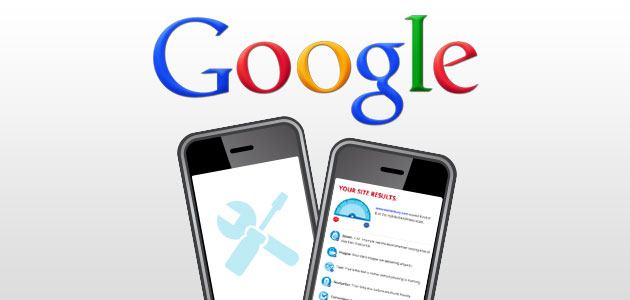Beware the Wrath of Google!
If you thought Google was your friend, you’re right – but only if you happen to have a mobile-friendly website. Or at least that’s how it’s going to be later this month.

That’s right, Google has announced that, come April 21, those non-mobile friendly sites will be sent to the back of the line, so to speak. Google, in fact, has said that the mac daddy of all search engines will be expanding its use of mobile-friendliness as a ranking signal. That means BIG changes to search results, folks.
What Google is doing more or less just reinforces what we’ve been preaching for years now (not to toot our own horns or anything): mobile optimization is a Big. Flippin. Deal.
When your site isn’t mobile-optimized, you lose out on a huge population of internet users (read: would-be customers) that don’t have the patience to navigate your clunky site from the comfort of their smartphone or tablet (and don’t even think they’ll remember to do it when they’re actually sitting on a real computer). But now, those potential customers may not even have a chance to find you. That’s the power of Google – just when you thought you’d climbed the water spout, you get washed right out.
But you don’t have to.
If you’re still not mobile optimized, this is just another drop in the bucket of reasons your business should be. But don’t worry; Google has given us a few tips on how to make your mobile-optimized pages “pop:”
Make it Fast

Did you know that 74 percent of consumers will only wait 5 seconds for a page to load before losing interest? This is a bummer for most businesses since users are generally accessing the site from a 3G or 4G network, which isn’t uber reliable anyway. To keep ahead of the fray, make sure your mobile site loads faster than your web-based site.
Make Sure it all Works
Nothing is more frustrating than hopping onto a site to view something cool – like a video – and just getting dead space. Make sure all your media components are viewable in order to keep your customers (and Google) happy. Remember that Flash isn’t supported by all smartphones (cough, iPhone, cough).
Check the Redirect
Ever gotten frustrated when you click a link and end up on the home page of a mobile site? This is a common (and super annoying) mistake. Make sure that you have a mobile version of every URL you’re sharing. Tough, yes. Important? Absolutely.
Don’t Force the App
Guess what? Google doesn’t love it when you squeeze an interstitial page encouraging an app download between a link and the mobile page. Instead, use a banner; same affect, less annoyance.
Ready to take the mobile plunge and avoid the wrath of Google? We’re here to help.

